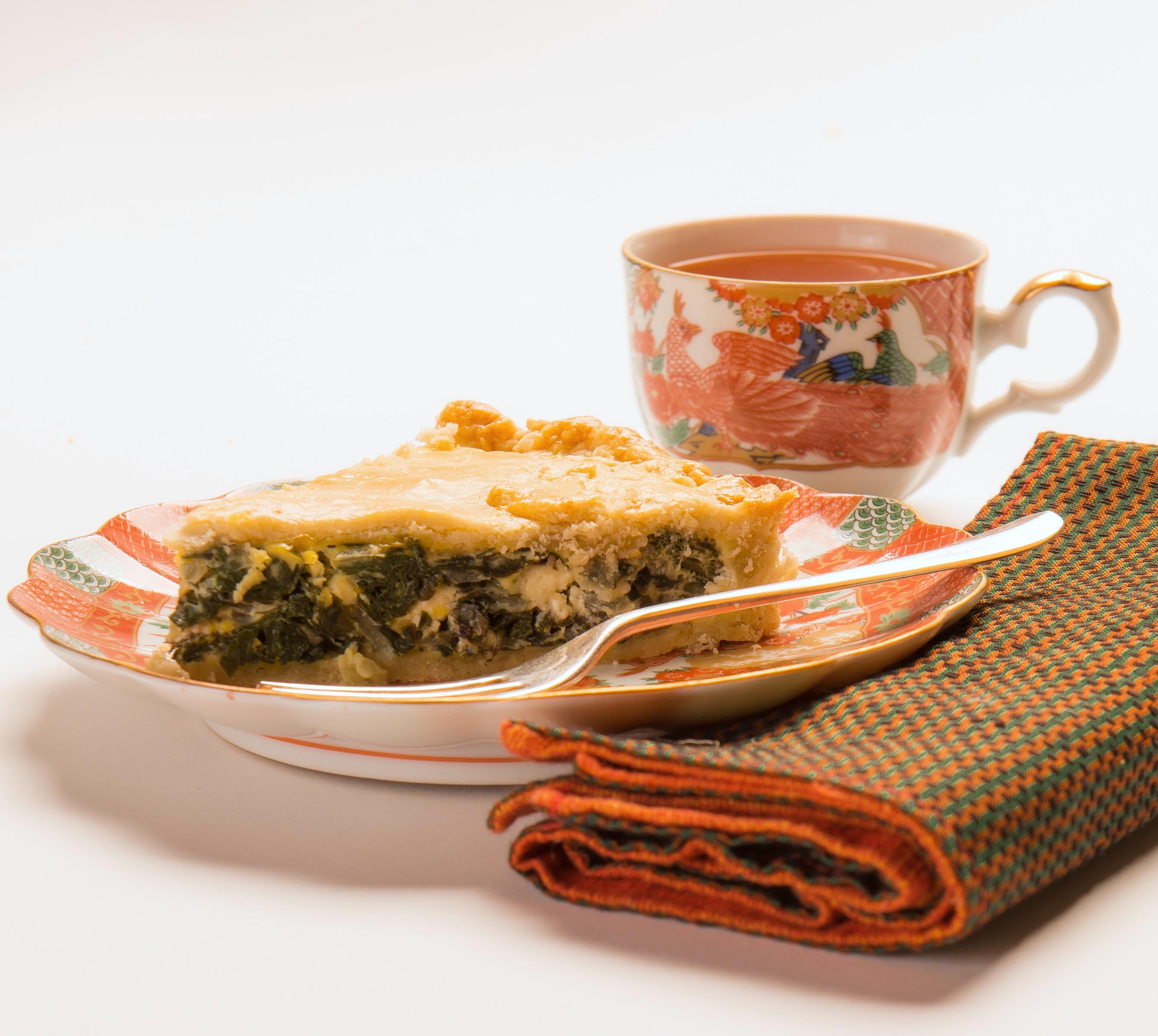I was out of vodka.
For years I’ve relied upon my neighbors to loan me a little of this and a little of that–a couple eggs or a cup of milk. But…it is an entirely different thing to call a neighbor and ask to borrow a cup of vodka–particularly at 10 a.m.
Me: May I borrow a cup of vodka? It’s for a pie crust.
Them: (Long pregnant pause) Sure. Err…Everything OK there with you and Juliet?
You won’t find anyone who appreciates a great pie crust more than I do and I’ve been hearing about vodka pie crust for a very long time. People have told me that the crust is especially flaky.
But why in the world would you put liquor into a pie crust? Here is what Layla Eplett wrote in Scientific American:
“I learned of this option through a recipe in Cook’s Illustrated, from their quest to make a Foolproof Pie Dough. The vodka rationale isn’t to intoxicate your pie–it has to do with gluten. Liquids are essential to pie crusts because they bind the dough together; however, they can present challenges. When liquids are added to flour, two wheat flour proteins–gliadin and glutenin–form gluten, which can toughen the dough. So how do you bind fat and flour together but avoid gluten formation? The trick appears to be using a hard liquor such as vodka–since 80 proof vodka is only 60% water, it combines the dough but doesn’t contribute to gluten formation. In their cookbook, The Science of Good Cooking, Cook’s Illustrated explains “…gluten won’t form in alcohol. The ethyl alcohol in vodka and other liquors does not attach itself in the same way as water. Because of this, it does not hydrate the proteins, and therefore does not aid in gluten formation.”
It doesn’t have to be vodka; other liquors also work–Alton Brown has made an apple pie with an apple brandy crust, as well as a pecan pie with a bourbon crust. By substituting 50% of a liquid in a recipe with hard liquor, this technique can be applied with your favorite recipes–something I recently tried using this amazing recipe for Meyer Lemon Meringue Pie from Chez Panisse.”
In the end, the pie crust was everything I wanted it to be and, by a stroke of luck, I found just enough vodka deep in the recesses of my cupboard to spare me the humiliation of asking my neighbor for a nip.
I paired the crust with an eggy chard, onion and feta filling and served slices of the pie with a garlicky romaine salad. Very. Very good.
Ingredients
- 2 1/2 C. (12 1/2 ounces) unbleached all-purpose flour
- 1 t. table salt
- 2 T. sugar
- 12 T. (1 1/2 sticks) cold unsalted butter (cut into 1/4 inch slices)
- 1/2 C. cold vegetable shortening (cut into 4 pieces)
- 1/4 C. cold vodka
- 1/4 C. cold water
- 2 pounds Swiss chard (stemmed and washed thoroughly)
- Salt
- 2 T. extra virgin olive oil
- 1 large onion (chopped)
- 2 large garlic cloves (minced or pressed)
- 1/4 C. chopped fresh herbs (preferably a combination of dill and parsley or 1 t. each dried thyme and oregano; I used a combination of fresh parsley and fresh thyme and oregano)
- 3 large eggs (beaten)
- 4 ounces feta cheese (crumbled)
- Freshly ground pepper
- Vodka pie crust
Instructions
- Put 1 1/2 C. flour, salt and sugar into the bowl of a food processor. Pulse briefly to mix.
- Add the cold butter and the cold shortening and process briefly until the dough begins to come together in clumps. Use a rubber spatula to scrape down the sides of the processor bowl and stir the flour mixture to redistribute all the ingredients evenly. Add the remaining cup of flour and pulse to mix. Empty the dough mixture into a medium bowl.
- Sprinkle cold water and cold vodka over the dough in your bowl. Use a rubber spatula or your hands to mix the liquids into the dough. Your goal is to have a dough that is slightly tacky and that sticks together. Divide the dough into two equal pieces and roll it into a ball. Wrap the balls in plastic wrap and press the dough balls down to form two 4-inch disks.
- Refrigerate dough for at least 45 minutes (or up to 2 days).
- Prepare chard. Wash in two changes of water to be sure to get rid of any dirt or grit that clings to the leaves. Drain and tear chard leaves off the stems. (I used kitchen scissors and I had the chard prepared in no time.) Discard the stems or use for another purpose.
- Preheat oven to 375 degrees F. Butter a tart pan with a removable bottom.
- Bring a large pot of salted water to boiling. Submerge prepared chard in the boiling water and blanche for one minute. Remove chard from boiling water using a slotted spoon and submerge the blanched chard in a large bowl filled with ice and water. Let the chard cool and then drain. Squeeze water out of the chard and chop coarsely. Set aside.
- Heat olive oil in a large skillet and sauté the onions, stirring often. You want the onion to be tender but not browned. This will take about five minutes. Add the garlic and quickly stir it into the onion mixture. This will take about 30 seconds to one minute. The garlic is done when it becomes fragrant. Add the greens, herbs, and 1/2 t. salt to the mixture and stir for about a minute. You want the greens to be coated with the oil in the pan. Remove from the heat.
- Beat eggs. Remove 2 T. of the beaten eggs for brushing the crust of the pie. Crumble the feta into the beaten eggs. Stir this mixture into the greens. Season to taste with salt and pepper.
- Roll out half of the vodka pie dough and line the bottom of the tart pan with the dough. Fill the tart pan with the chard filling. Roll out the other half of the dough and drape it over the top of the pie.Crimp the edges of the dough together to seal. Cut slits in the top of the pie crust to allow steam to escape from the pie as it cooks. Brush the top of the crust with beaten egg.
- Bake 40-50 minutes until the crust of the pie is golden. Serve hot, warm or at room temperature.
Here are the links to the original recipes from which this recipe was adapted: Cook’s Illustrated’s Foolproof Pie Dough Recipe and Martha Rose Schulman’s Chard Pie.


 Save Recipe
Save Recipe

2 thoughts on “Swiss Chard Pie with A Vodka Crust”